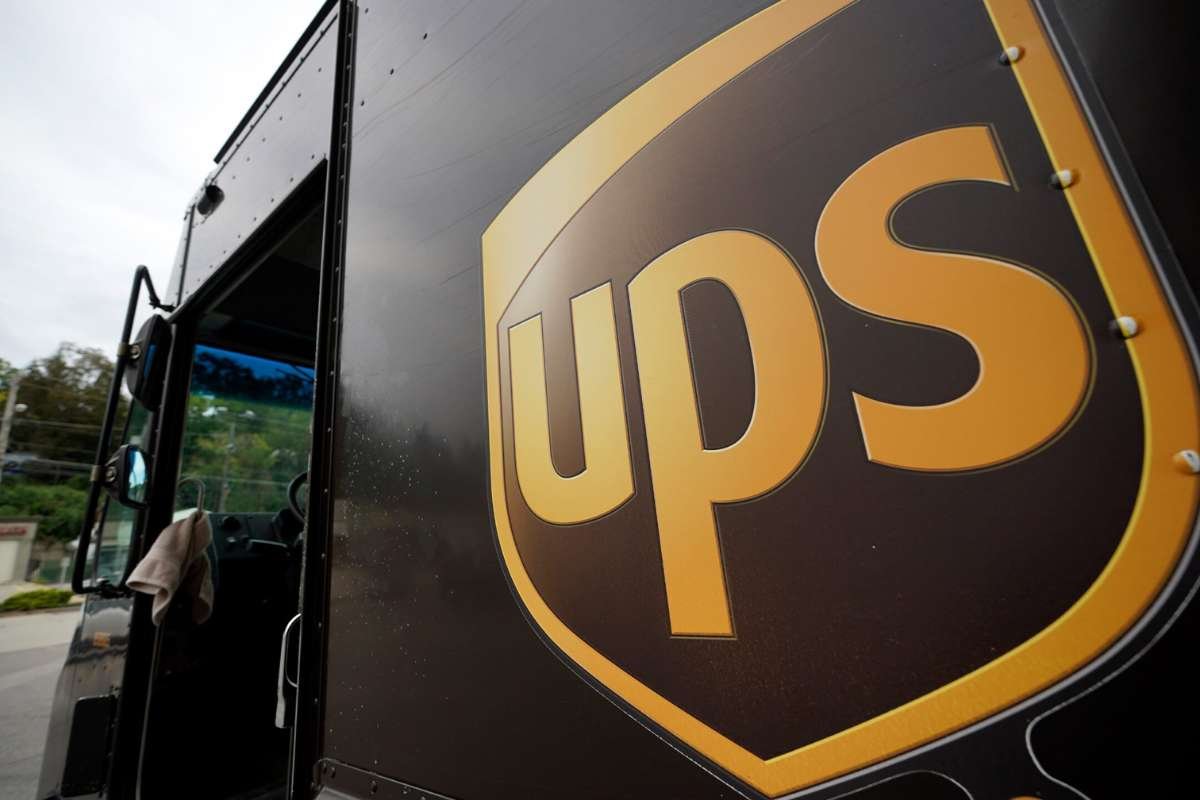Key Points:
- UPS layoffs totaled 48,000 jobs since last year, including 34,000 driver and warehouse roles in 2025 and 14,000 management positions starting in 2024.
- The layoffs are part of a major strategic overhaul to improve long-term profitability and regain investor confidence, especially amid Amazon’s slowdown and tariff uncertainty.
- Despite reduced revenue and net income, UPS exceeded earnings expectations in Q3, with shares rising over 7% following the announcement.
United Parcel Service (UPS) announced 48,000 UPS layoffs this year, marking the deepest workforce reduction in the company’s 117-year history. The move is part of a large-scale cost-cutting strategy aimed at improving efficiency and stabilizing its business amid slowing demand and global trade challenges.
Strategic Overhaul and Cost Reduction
The Atlanta-based delivery company disclosed the UPS layoffs on Tuesday while reporting its third-quarter financial results, which exceeded Wall Street expectations. Of the total positions eliminated, 34,000 were in driving and warehouse operations, while 14,000 were in management. UPS said the reductions were achieved through a combination of layoffs and voluntary buyouts.
Chief Executive Officer Carol Tomé described the restructuring as “the most significant strategic shift in our company’s history.” She said the changes are designed to make UPS “the most efficient peak in our history” and deliver sustained long-term value.
UPS began the year with around 500,000 employees. The cuts announced go far beyond the 20,000 operational reductions reported in April and the 12,000 management cuts revealed last year.
Financial Performance and Market Reaction
Despite reporting weaker year-over-year revenue and profits, UPS shares rose nearly 9% on Tuesday following the announcement. The company reported third-quarter earnings of $1.3 billion, down from $1.5 billion a year earlier, on revenue of $21.4 billion — a 3.7% decline from last year.
UPS said it has already saved $2.2 billion this year through automation, facility closures, and reduced seasonal hiring. The company has closed 93 buildings to date and expects more shutdowns before the end of 2025.
Chief Financial Officer Brian Dykes said UPS will run this year’s holiday shipping season with fewer leased aircraft, rented vehicles, and temporary workers, signaling a leaner operational approach.
Shifting Away from Amazon and Streamlining Operations
As part of its efficiency plan, UPS is reducing its dependence on Amazon, which was once its largest customer. The company reported that package volumes from Amazon dropped more than 21% in the third quarter as UPS shifted focus toward higher-margin business.
Tomé confirmed that this trend will continue, emphasizing that the company’s goal is to strengthen profitability rather than prioritize volume.
External Challenges and Future Outlook
UPS layoffs were partly driven by global economic pressures, including new tariffs and a nearly 30% decline in package volume from China to the United States during the third quarter.
Despite these headwinds, UPS expects full-year revenue to reach about $89 billion, roughly in line with 2024. The company plans to continue trimming its physical footprint and expanding automation throughout 2026.
Tomé said the ongoing transformation reflects UPS’s commitment to maintaining competitiveness in a rapidly changing logistics environment. “We continue to find opportunities to bring costs down and improve operational efficiency,” she told analysts.
Industry Context
UPS’s restructuring follows a wave of downsizing across the logistics and technology sectors. Amazon recently cut 14,000 corporate positions, and FedEx announced plans to consolidate air operations as part of its own cost-control measures.
The UPS layoffs represent one of the largest corporate workforce reductions in the U.S. since the pandemic and signals the continued realignment of global shipping companies adapting to automation, evolving consumer demand, and tighter profit margins.










